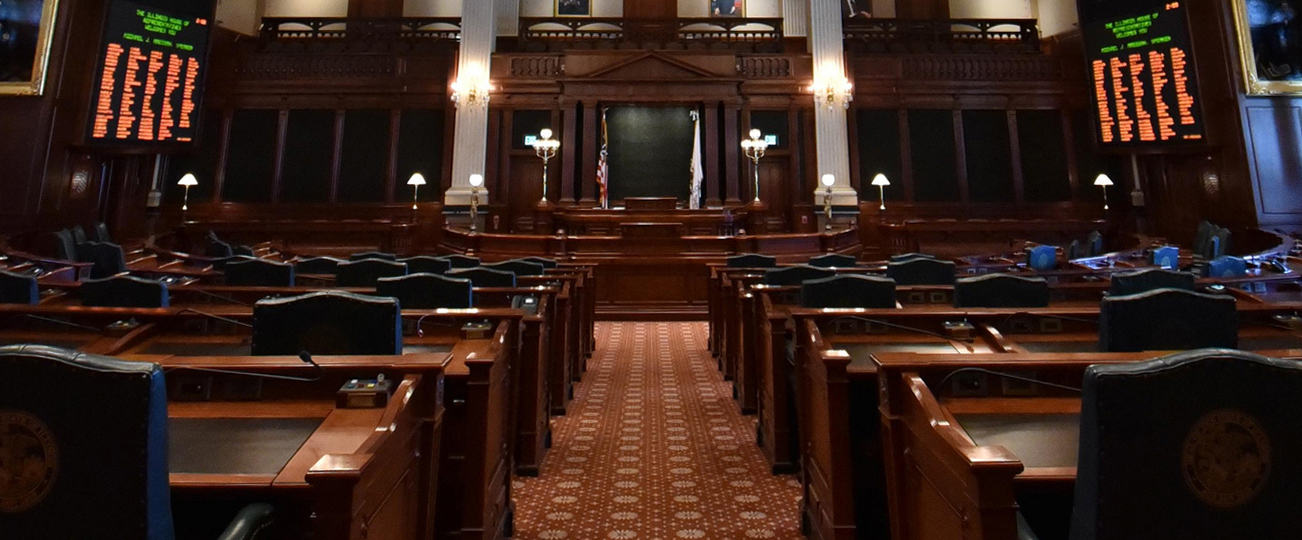A few weeks ago Illinois played host to the Pumpkin Party of the Century.
That was the theme of the 59th annual Morton Pumpkin Festival, the Tazewell County town’s celebration of the area’s prime agricultural product. The event had a special significance this year as it marked the 100th anniversary of the community’s Nestle Libby’s pumpkin canning plant.
“Being born and raised in Morton, I can tell you we are very proud of our pumpkin heritage,” said State Representative Bill Hauter who represents Morton and the surrounding area. “Agriculture is the number one industry in Illinois generally and in my district specifically, with pumpkin production playing a huge role. We are proud to be the pumpkin capital of the world!”
That claim is more than just a boast. In 1978 Governor Jim Thompson signed a proclamation declaring Morton the “Pumpkin Capital of the World.”
The basis for such a grandiose statement was that the Nestle Libby’s plant was responsible for canning 85% of the world’s canned pumpkin. The Pumpkin Festival, held every year in mid-September, coincides with the beginning of the pumpkin harvest and the canning season at the plant.
With more than 30 special events and an estimated 75,000 visitors, the festival is one of the largest in downstate Illinois. The Morton Chamber of Commerce runs the event with the help of around 1500 volunteers.
“From field to table, Illinois pumpkins are essential to American traditions,” Hauter added. “We take great pride in our farmers, whose hard work and dedication make the fall season something to look forward to every year.”
While Morton may be the center of the pumpkin-growing universe in Illinois, it is far from the only such site. Kankakee, Mason, Logan, Will, Marshall, Kane, Pike, Carroll and Woodford counties all follow Tazewell as Illinois’ top pumpkin-producing counties.
Central Illinois has a long history with pumpkins, going back to the days just after Illinois statehood when the Dickinson family from Virginia moved to the area and brought pumpkin seeds with them.
The Dickinsons established a cannery in Eureka in 1898, and another in nearby Washington in 1909. While they initially canned everything from corn to string beans, by the 1920s pumpkins were rapidly becoming the primary crop. In fact, pumpkins were so important to the local economy that even the manpower shortages of World War II could not slow them down: captured Germans from a nearby prisoner of war camp were brought in to keep the pumpkin supply flowing.
Today Illinois is the nation’s #1 pumpkin-growing state, far outpacing the nearest competitors. This is due to the fact that the state’s climate, with warm summers and well-draining soil, is perfect for pumpkins. Around 18,000 acres of Illinois’ agricultural land is dedicated to pumpkins.
The result is production of 650 million pounds of pumpkins every year, nearly 40% of the country’s total – more than the next five states combined.
Over the next several weeks, visitors will stop by countless Illinois pumpkin patches – many of which offer guests the chance to pick their own pumpkins – to collect pumpkins for fall decorations, pumpkin pies or any number of other seasonal traditions. There are even pumpkin beers brewed here in Illinois.
The largest recorded pumpkin grown in Illinois weighed in at 2,145.5 pounds. It was produced by Gene McMullin in 2015, the same year that Illinois designated pumpkin pie as the official state pie. That legislation was sponsored in the House by Hauter’s predecessor, then-Rep. Keith Sommer, also a Morton native.
This year’s Illinois state pumpkin weigh-off will take place October 11 at the State Fairgrounds in Springfield. Click here to find out more.


